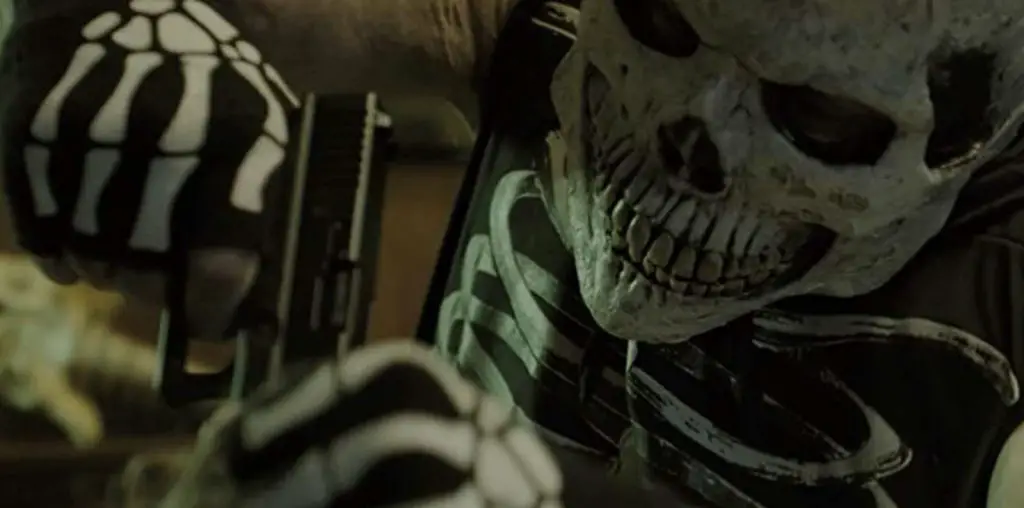
At the beginning of Rolling Thunder Revue: A Bob Dylan Story by Martin Scorsese and in a rare modern-day interview, Dylan is asked what the Rolling Thunder Revue was all about. He scratches his face and grasps for the right words—which he’s so used to finding—but ends up with a handful of air. “It’s about nothing,” he finally says. “It’s just something that happened forty years ago.” He follows that up with, “It happened so long ago, I wasn’t even born.” As any fan knows, Dylan isn’t interested in his historical importance or sensationalizing his life, but he does enjoy a good story because stories take the scenic route to the truth.
At every turn, Dylan has written his own story with this in mind. In his very first interviews in the early sixties, Dylan gives multiple answers to how he arrived in New York—one involving a traveling circus. Even his fantastic autobiography prioritizes readability over accuracy. Some might call him a liar, but I’d call him a storyteller. He knows people are reading the interviews, and he wants to give them something interesting. Why tell people what really happened when you can tell them what could have happened? There may even be more truth in the latter or a different kind of truth. Martin Scorsese gets this, which is what makes this movie surprisingly cogent for a wham-bam rock documentary and probably why he’s returned to Dylan as a subject for a second time if you don’t count Dylan’s appearance in The Last Waltz.

“…Dylan isn’t interested in his historical importance or sensationalizing his life, but he does enjoy a good story because stories take the scenic route to the truth.”
Despite the title, Scorsese’s ambitions are bigger than the revue. He tries to use Dylan’s famed mid-seventies tour as a representation of the greater Bob Dylan character. It’s not quite successful in this endeavor, but it never could be. Dylan is too elusive. Just three years after the tour’s end, Dylan released “Slow Train Coming,” the first of several albums born from his highly publicized embrace of Christianity. During concerts, he would break out into sermons, a far cry from the attitude of the revue, designed to evoke vaudeville and traveling troupes of weirdos. Among the weirdos—and I use that word affectionately—are Ramblin’ Jack Elliott, Joan Baez, Scarlet Rivera, and Allen Ginsberg, all of whom are given their due in the film. Perhaps, the best footage in the entire film is when Dylan and Ginsberg are at Jack Kerouac’s grave, trading favorite lines from “Mexico City Blues.” It’s a visual reminder of Kerouac’s immeasurable influence on culture (something he wasn’t always proud of).
In fact, nearly all of the footage in the film is incredible, both in terms of content and restoration. The performances are like nothing else in Dylan’s career or anybody’s career. There’s a feverishness and theatricality that gives new life to old songs, resulting in the definitive versions of “Just Like a Woman” and “Knockin’ on Heaven’s Door.” This approach was clearly a response to the music industry’s increasing focus on performance. Dylan would even wear whiteface or a rubber mask during shows, which can safely be interpreted as a goof on performance-based acts like KISS. In a trend that’s continued up to the present, the seventies ushered in an era where music wasn’t enough for audiences; there had to be costumes, dancing, pyrotechnics, and maybe a little blood.

“…a far cry from the attitude of the revue, designed to evoke vaudeville and traveling troupes of weirdos.”
When asked why he wore the rubber mask, Dylan replies, “When somebody’s wearing a mask, he’s going to tell you the truth. When he’s not wearing a mask, it’s highly unlikely.” Maybe that’s why he did it, or maybe that was something he thought of as the question left the interviewer’s lips. Maybe a mask is sort of like a story, in that it purposefully obscures reality and removes the ego of the individual to reach some deeper, truer reality—again, the scenic route. Maybe that’s overthinking it, but overthinking it is the point. Like all truly great artists, Dylan knows he doesn’t have the answers, nor does anyone else, nor will anyone else. All you can do is ask questions and refine those questions. If everything works out, you make it to your deathbed with a really good question.

Rolling Thunder Revue: A Bob Dylan Story by Martin Scorsese (2019)Directed by Martin Scorsese. Starring Bob Dylan, Allen Ginsberg, Patti Smith, Martin Von Haselberg, Scarlet Rivera, Joan Baez, Roger McGuinn, Larry “Ratso” Sloman, Jim Gianopulos, Ramblin’ Jack Elliott, Sam Shepard, David Mansfield, Sharon Stone, Ronnie Hawkins, Anne Waldman, Ronee Blakley, Joni Mitchell, Chief Rolling Thunder, Chief Mad Bear, Peter La Farge, Michael Murphy, Rubin “Hurricane” Carter.
9 out of 10 stars

